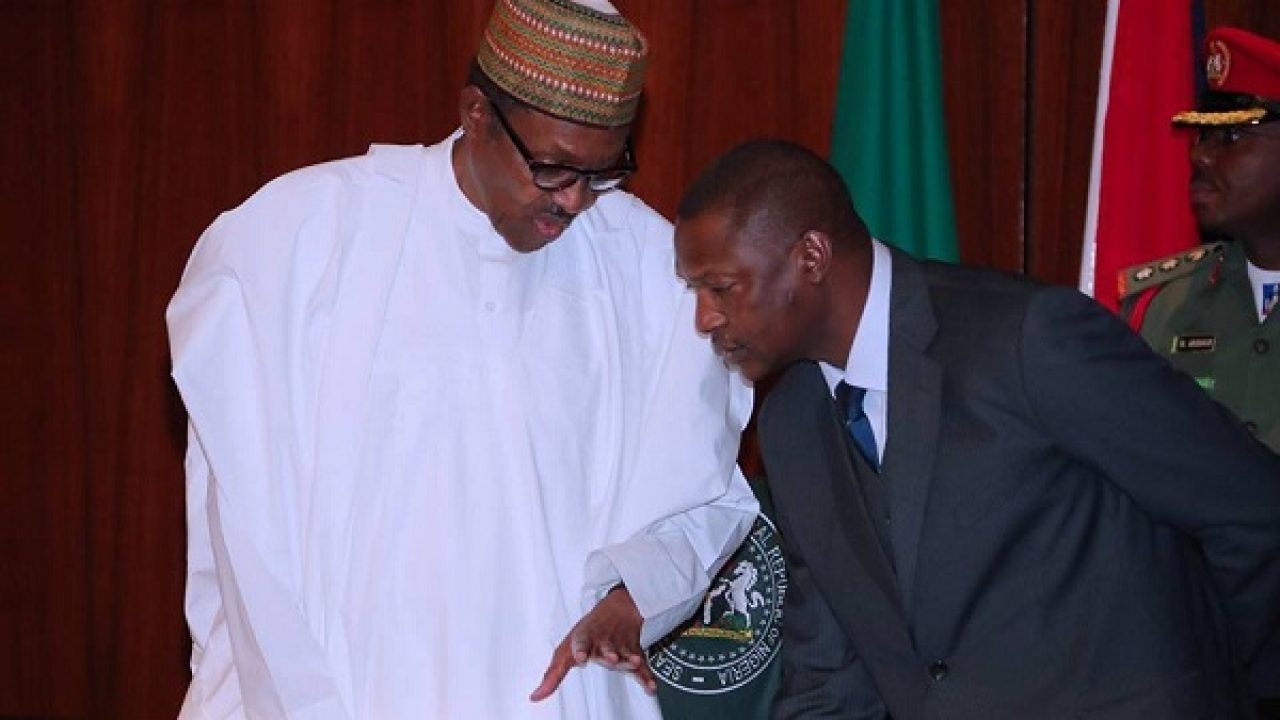The British pound slid to its lowest level against the U.S. dollar since 1985, a reflection of the U.K.’s dire economic situation. Investors are braced for sterling to weaken even further to a nadir not seen in more than two centuries of trading across the Atlantic.
The pound fell as low as $1.1443, the lowest level since 1985, according to FactSet, before recovering to trade up 0.1% midday London time Monday. Sterling’s descent is in part a side effect of the relentless U.S. dollar rally, which has driven both the euro and Japanese yen to multidecade lows in recent days.
But the problems are also homegrown. The U.K. faces an energy crunch that threatens to leave many households unable to pay their bills this winter. Uncertainty over both the economic policies the U.K.’s next prime minister will enact and the Bank of England’s ability to control sky-high inflation are compounding the pound’s weakness.
“The economic challenges facing the U.K. economy are probably of a magnitude as great as anything we’ve seen in living memory,” said Mark Dowding, chief investment officer of BlueBay Asset Management.
Goldman Sachs warned U.K. inflation could top 22% next year amid spiraling energy costs, one of the starkest projections so far. The bank estimates the U.K. economy would contract 3.4% in that scenario.
Mr. Dowding thinks the pound could fall to parity, or a 1-to-1 exchange rate, with the U.S. dollar in the next year. The pound has never been worth less than $1 in the more than 200-year history of the currency pair—though it got close in 1985 when sterling fell to $1.05, before the world’s largest economies joined forces to weaken the U.S. dollar under the so-called Plaza Accord.
“There’s a really bleak path in which you end up with the U.K. almost needing to go back to the [International Monetary Fund] for a bailout as a quasi-emerging market crisis,” said Mr. Dowding. In 1976, a pound crisis forced the U.K. to seek a $3.9 billion loan from the IMF. “That’s the very worst of scenarios,” he said.
The British pound was once the world’s pre-eminent currency. But the pound’s worth has been on a steady decline over the past century, coinciding with the erosion of its status as the main currency in global trade and central bank reserves. The 2016 Brexit vote dealt another heavy blow, which led to headline-grabbing comparisons between the pound and risky emerging market currencies.
More staid investors and analysts dismissed the comparison as hyperbolic, but some are beginning to acknowledge a growing list of similarities.
Adam Cole, chief currency strategist at RBC Capital Markets, is worried that the typical positive relationship between U.K. interest rate expectations and the pound appears to have unraveled.
In normal times, higher interest rates make holding a currency more attractive since investors get paid a higher return. But lately, yields and the pound have gone in the opposite direction.
The pound fell 4.6% against the dollar in August, its worst month since October 2016.



